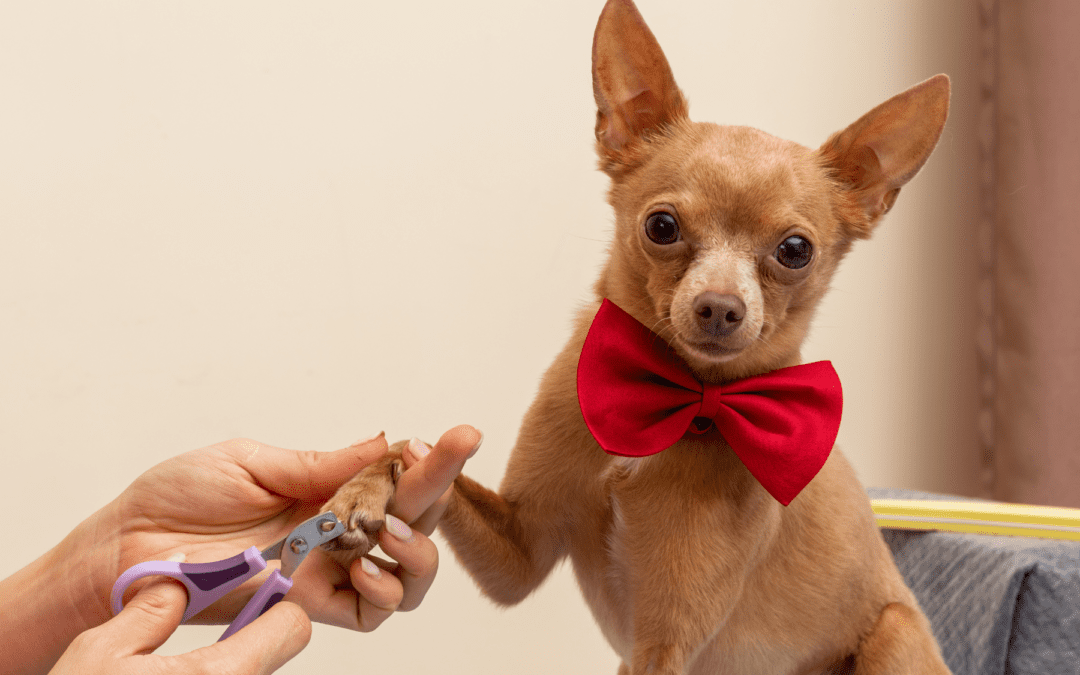Introduction
For pet owners, taking care of their furry companions is a top priority. We provide them with love, food, exercise, and all the necessary medical care, but there’s one crucial aspect of pet care that’s often overlooked – nail trimming. Keeping your pet’s nails at the right length is essential for their overall health and well-being. In this blog, we’ll explore the importance of pet nail trimming, the techniques involved, and tips to make the process easier for both you and your pet.
The Importance of Pet Nail Trimming
1. Preventing Overgrowth: Long nails can lead to a host of problems for your pets. When a pet’s nails become too long, they can curl under and grow into the paw pads, causing pain and infection. Overgrown nails can also affect a pet’s gait, leading to joint problems and discomfort.
2. Protecting Your Floors and Furniture: Overly long nails can cause scratches to your floors, furniture, and even your skin during playtime. Regular nail trimming helps prevent these unwanted damages.
3. Promoting Comfort: Shorter nails provide a more comfortable posture for your pet. It can be painful for them to walk or stand on overgrown nails.
4. Reducing Stress: Untrimmed nails can be a source of anxiety for pets. They may become more agitated or less willing to engage in physical activities. Regular nail trimming can alleviate this stress.
Techniques for Pet Nail Trimming
1. Gather the Right Tools: To get started, make sure you have the appropriate tools. For dogs and cats, you’ll need nail clippers or a grinder. For small animals like rabbits or guinea pigs, use specialized nail clippers.
2. Choose a Calm Environment: Find a quiet, well-lit space to trim your pet’s nails. Make sure both you and your pet are comfortable and relaxed.
3. Familiarize Your Pet: Gently touch your pet’s paws and nails regularly to help them get used to the sensation. Offer treats and positive reinforcement to create a positive association.
4. Find the Quick: The “quick” is the sensitive part of the nail that contains blood vessels and nerves. Be cautious not to cut into the quick, as it can be painful and cause bleeding. The quick is easier to see in light-colored nails but can be more challenging in dark nails.
5. Take Your Time: Start slowly and trim small amounts at a time, especially if your pet’s nails are long. It’s better to make several small cuts than risk cutting too much at once.
6. Use a Steady Hand: Hold your pet’s paw securely but gently. Be patient and avoid sudden movements that can startle your pet.
7. Be Prepared for Bleeding: If you accidentally cut the quick, have styptic powder or a styptic pencil on hand to stop the bleeding.
Tips for Easier Nail Trimming
1. Regularity is Key: Create a schedule for nail trimming, so your pet gets used to the routine. The frequency depends on your pet’s breed and activity level.
2. Enlist Professional Help: If you’re unsure about trimming your pet’s nails, call us! Our groomer or veterinary staff can demonstrate the process or do it for you.
3. Stay Positive: Make the experience as positive as possible. Offer treats, praise, and affection to reinforce good behavior during and after the trimming.
Conclusion
Pet nail trimming is a crucial part of responsible pet ownership. Keeping your pet’s nails at the right length not only helps protect your floors and furniture but also ensures your pet’s comfort and well-being. With the right tools, techniques, and a little patience, you can make nail trimming a stress-free and positive experience for both you and your beloved furry friend. Remember, a well-groomed pet is a happy and healthy one.

